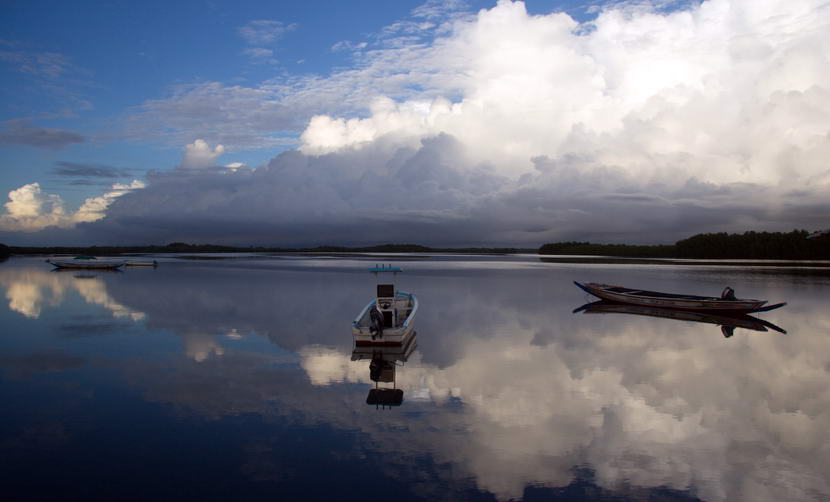A Complete Introduction To Senegal For Tourists
Tourist’s Introduction to Senegal
As one of the most stable African countries, Senegal offers a fantastic tourism experience. From cosmopolitan Dakar to a UNESCO World Heritage Site, Senegal offers a wide range of tourism activities to satisfy almost any itinerary.
To put some context to modern Senegal it’s important to understand the broad strokes of its history.
Cultural Melting Pot
Occupied since prehistoric times, Senegal has been influenced throughout its history by many ethnic groups. To this day Senegal remains a diverse mix of ethnicities with over two dozen ethnic groups. The largest ethnic group is the Wolof who makes up over 40% of Senegal’s population. Wolof is also the lingua franca of Senegal. Senegal is also the current home of thousands of Mauritanian refugees.
Islam arrived in Senegal during the 11th century and has become the dominant religion of the country. Christianity, Buddhism, and the Bahá’í Faith also have representation in Senegal alongside the indigenous Serer religion.
Even though the Portuguese where the first colonial power to colonize Senegal, it is France that has had the most lasting impact on Senegal. The most notable effect of this impact is that French is the official language of Senegal.
Senegal claimed its independence in the mid-20th century and is considered one of the more successful post-colonial democratic transitions in Africa. It should be noted that Léopold Sédar Senghor, Senegal’s first president was the first African elected to the Académie française.
Westernmost Point of Africa
Geographically, Senegal occupies an ideal position for tourism. It boasts over 300 days of sunshine a year and a wonderful variety of ecosystems. Whether you are looking for beaches, mountains, forests, mangrove estruaries, rivers or savannah; Senegal offers them all.
Most of the country’s temperatures are in the 20 °C (68 °F) – 30 °C (86 °F) range throughout the year. It’s only in the far interior that can reach as high as 54 °C (129.2 °F).
Teranga
Teranga or hospitality is considered part of the Senegalese national identity. Teranga is the Wolof word for hospitality and is embodied by the welcoming attitude of many Senegalese to tourists.
Diversity of Tourism
Dakar, Senegal’s capital, offers the hustle and bustle of cosmopolitan urban Africa. Outlying areas of Senegal offer fantastic nature tourism opportunities with especially rich ornithology that includes the Djoudj National Bird Park which is one of the largest of its kind in the world. You can also experience the colonial era in Saint-Louis or experience the Lompoul desert from camel back.
With many national parks and reserves Senegal provides a great range of tourism itineraries. Tourism opportunities including hunting and sport fishing and is one of the best places to catch Sailfish.
Aligned with GMT and readily accessible from Europe, the U.S., and the rest of Africa; Senegal is a tourism destination that truly deserves your consideration. Senegal has no Visa requirements for tourists from Europe and the U.S. And the Blaise Diagne International Airport outside of Dakar offers an efficient customs and immigration experience.
With such a wealth of opportunities just like the slots Argentina offers, Senegal is a worthy entry on any tourist’s bucket list.

